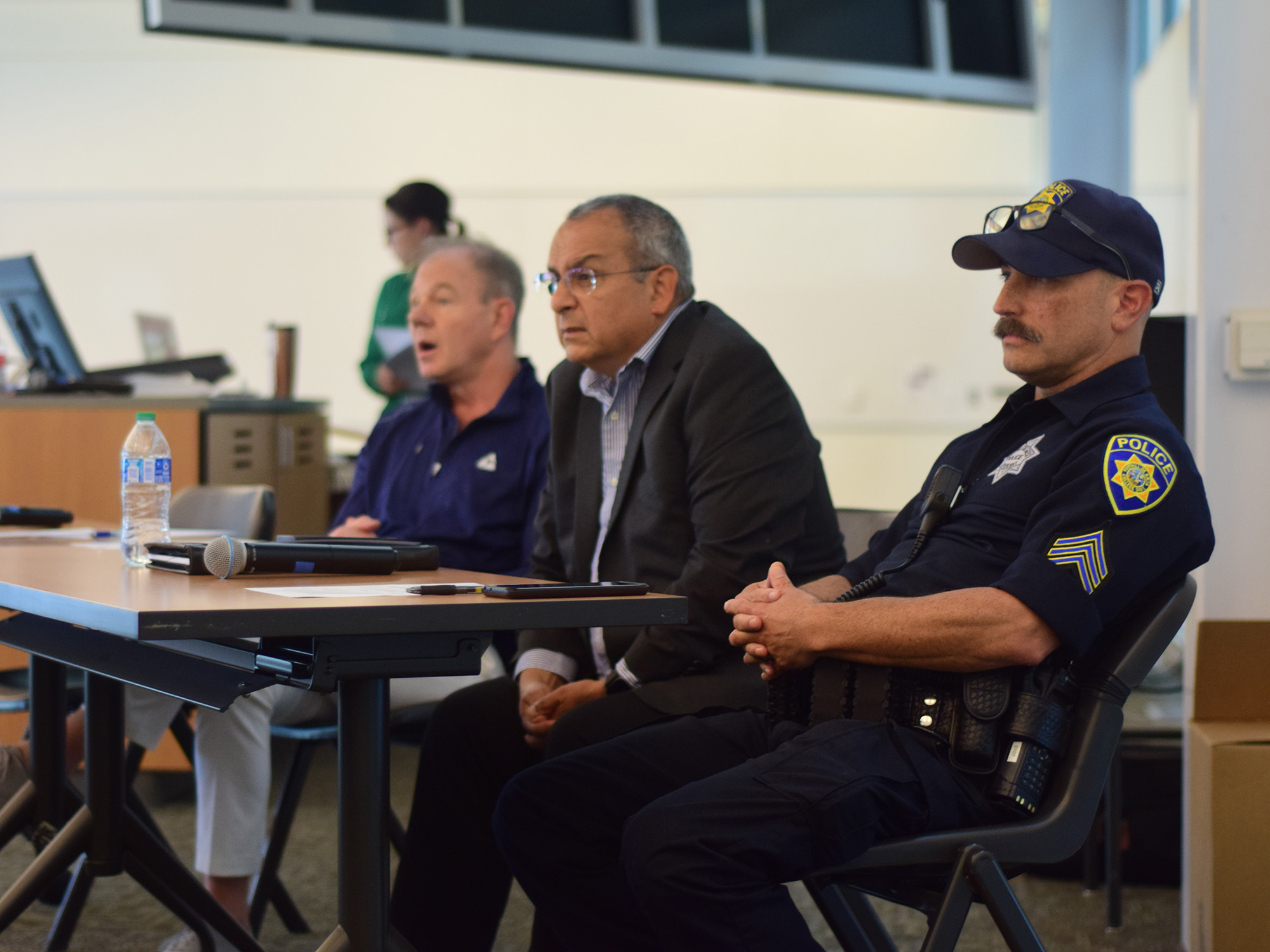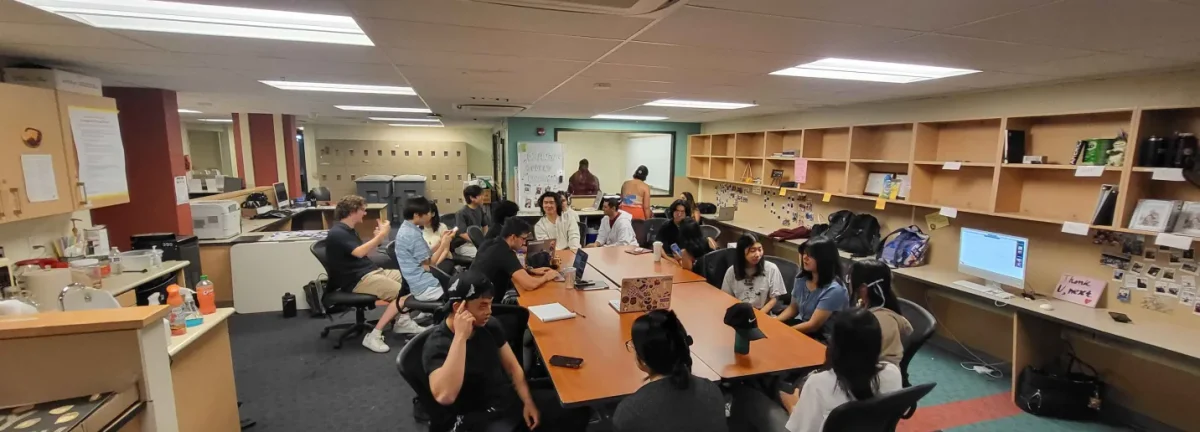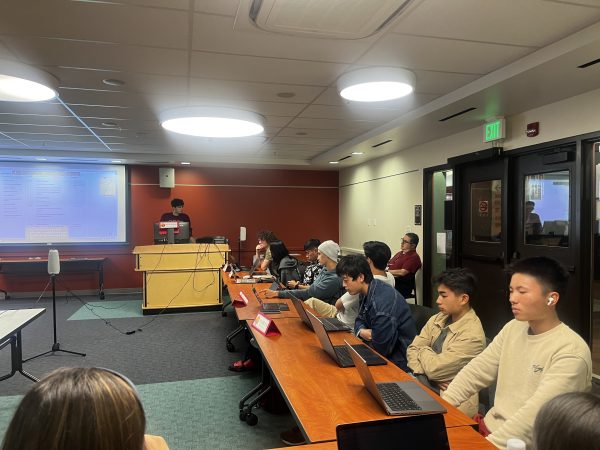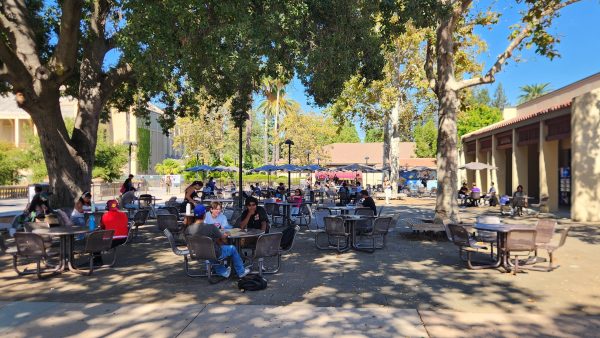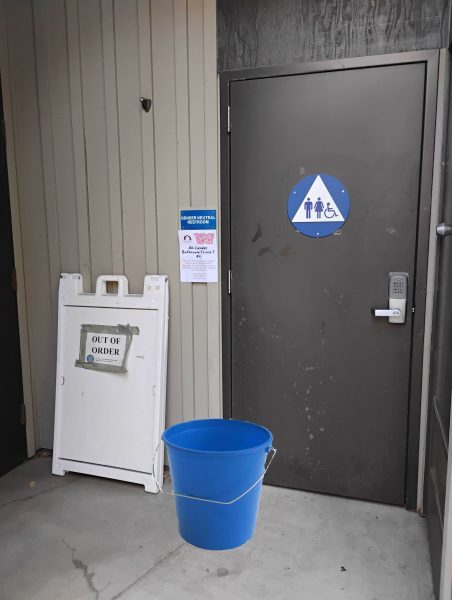First Year Promise: Program is limited in addressing student needs
June 18, 2019
De Anza College’s newly implemented First Year Promise Program, funded by Assembly Bill 19, aims to make community college available to every Californian. Yet, the program only tackles one small cog in the college accessibility and affordability problem, and therefore is limited in how big of a promise it can fulfill.
The program is simplistic in both its goals and application. In offering first time enrollees free tuition and textbook vouchers for that initial year, it entices high school students and others to view college as a truly possible reality, rather than immediately committing to the under-educated workforce.
Let’s say the De Anza program works exactly as intended: first-year enrollment rates rise, and with our current persistence rates, a majority of those students continue on with their college careers.
However, that first step in the door may not be enough to ensure these students will continue their studies and graduate.
De Anza’s estimated cost of attendance for students not living with family reaches nearly $21,500 per year, according to the school’s financial aid website. As La Voz previously reported, nearly 60% of De Anza students face food insecurity, while 56% lack stable housing.
Clearly, the First Year Promise Program’s estimated value of around $2,000 per student doesn’t offset other financial expenses required to keep students in school.
Recognizing that tuition is not the key barrier to students enrolling and succeeding in a community college, schools could better serve students by investing in services that deliver longer-term impacts.
For example, Mt. San Antonio College is spending all of their College Promise fund on non-tuition benefits, such as on-campus food vouchers and mentoring, according to EdSource. Some schools also offer support to their students beyond the first year.
The First Year Promise initiative is a step in the right direction, yet the program in its current form can’t fully deliver on the lofty ideal at the center of its philosophy. More change is needed at both the government and institutional levels in order to make good on that promise.



